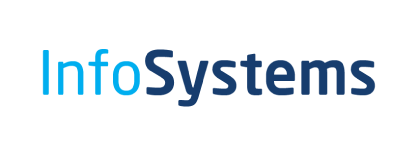In recent years, there has been a huge expansion of devices used within organizations, an issue exacerbated further by the shift to remote working during COVID-19. This has significantly increased the number of endpoints used by organizations, leaving them more vulnerable to attacks. In this webinar, a panel of experts will highlight the challenges surrounding the management of endpoints in the current environment and explore why new ways of thinking are required to ensure organizations stay secure. The discussion will set out advice for organizations in establishing a strategy to secure device endpoints wherever their employees are based, including the potential benefits of a Unified Endpoint Management (UEM) strategy.
Read More: https://www.infosecurity-magazine.com/webinars/unified-endpoint-management/
Organizations must take more responsibility for the security of third party providers that access their data, according to experts speaking during a webinar session organized by Atakama. Moderating the discussion, Brian Herr, field CISO at Mainline Information Systems, firstly highlighted how organizations are becoming increasingly reliant on third parties, meaning growing numbers of entities are getting access to their confidential information. “Organizations are putting more data outside of their control,” he explained, adding that “the regulatory and legal landscape is trying to keep tabs on this and it’s changing the way we do business.” The EU’s GDPR legislation is generally seen as the pioneer for data protection rules, with other countries such as the US starting to follow suit in terms of their own regulations.
Read More: https://www.infosecurity-magazine.com/news/cybersecurity-industry-solutions/
As 5th generation telecommunication infrastructure continues to rollout in trial and steady-state phases globally, there has been a growing focus on new cybersecurity risks that are being introduced into operator environments. Compared to legacy telecom systems, the 5G backbone will rely heavily on Network Function Virtualization (NFV) and Software-Defined Networking (SDN) to enable greater flexibility for management of services. NFV can be described as a technology that allows traditionally hardware-based processes to run and be configured in virtual machines—reducing reliance on single-purpose physical equipment. SDN, on the other hand, enables high-level and centralized control over this virtual environment, where control and data planes are operated and administered separately. While significant operational and cost benefits are offered by this NFV-SDN utilization, telecom providers must also consider new firewall configuration challenges and the rapidly evolving threat of malicious code propagation across the network control plane.
Read More: https://www.infosecurity-magazine.com/opinions/firewall-malware-challenges/

